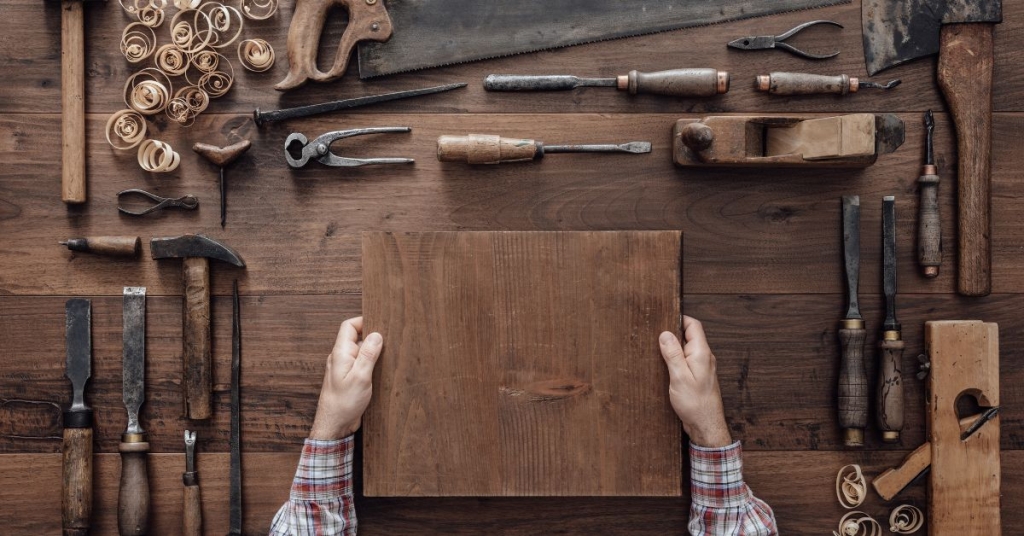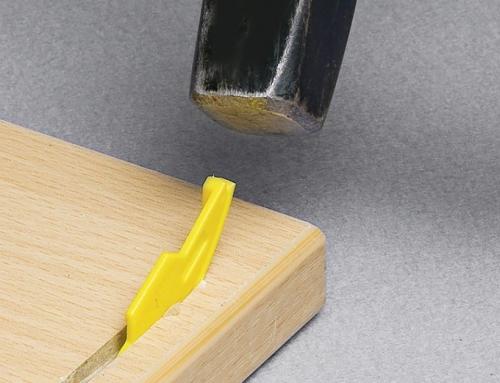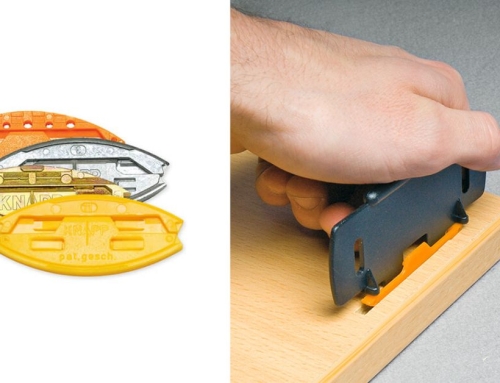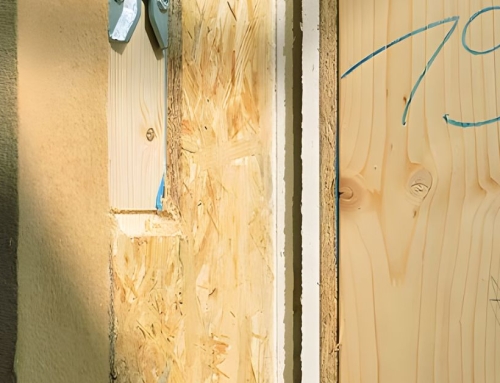What is green woodworking? It’s the craft of creating beautiful chairs or tables from freshly cut timber, using only hand tools and traditional techniques. This approach isn’t merely woodworking; it’s a nostalgic return to a simpler era, where machinery’s buzz gives way to a hand plane’s soothing rhythm. This charming and rebellious process, compared to the sleek, mass-produced furniture many manufacturers produce, is captivating artisans and hobbyists around the world.
The rise and evolution of green woodworking highlights a growing appreciation for sustainable craftsmanship and celebrates a revival of skills that our ancestors mastered long before the age of power tools and assembly lines. So, dust off your drawknife and prepare to let the rustic beauty of green woodworking enchant you.
The Roots of Green Woodworking
Historically, woodworking was inherently “green.” Early woodworkers relied on hand tools and utilized locally sourced timber—often from sustainably managed forests. These traditional methods were necessary and respectful of the natural environment, using every part of the tree and minimizing waste long before it became trendy.
These artisans of yore practiced techniques that have stood the test of time. Their methods required skill, patience, and a deep understanding of the material, from mortise and tenon joints to dovetailing. This historical context sets the stage for the evolution of green woodworking and reminds us of the enduring nature of these techniques, creating a sense of timelessness and continuity with the past.
The Evolution: Innovations and Techniques
Fast forward to today, and green woodworking has embraced modern innovations while staying true to its roots. Advances in technology have introduced a range of eco-friendly tools and materials that make green woodworking more accessible and efficient, sparking excitement and inspiration for the craft’s future.
Eco-Friendly Tools
Modern green woodworkers have various tools at their disposal, from electric-powered saws with lower energy consumption to hand tools made from sustainable materials. These tools reduce the environmental impact and enhance precision and efficiency.
Eco-friendly tools include:
- Electric saws with low energy consumption
- Hand tools made from sustainable materials
- Solar-powered drills
- Recyclable sandpaper
- Biodegradable wood finishes
Sustainable Materials
Bamboo, reclaimed wood, and FSC-certified lumber are popular choices. Woodworkers can harvest these materials responsibly, ensuring that forests can regenerate and thrive. Furthermore, eco-friendly finishes and adhesives, free from harmful chemicals, contribute to the craft’s overall sustainability.
Importance of Wood Framing Connectors
Let’s talk about an unsung hero in the world of green woodworking: Wood framing connectors. These nifty devices are crucial in constructing sturdy and sustainable wooden structures. Think of them as the underdogs of the woodworking world, holding everything together without stealing the spotlight.
Wood framing connectors come in various shapes and sizes and securely join different pieces of wood. They play a vital role in ensuring furniture, buildings, and other wooden creations’ structural integrity. Woodworkers can reduce the need for excessive nails and screws, which can weaken the wood and create waste, by using these connectors.
Moreover, manufacturers now make many wood framing connectors from recycled or sustainable materials, further enhancing their green credentials. Incorporating these connectors into your projects boosts durability and aligns with eco-friendly practices.
Sustainable Practices in Green Woodworking
Green woodworking is a holistic approach that goes beyond selecting the right tools and materials. It embodies a philosophy that emphasizes environmentally responsible practices, aiming to create beautiful and functional pieces, minimize waste, and promote sustainability.
Artisans can contribute to preserving natural resources and reducing their ecological footprint by adopting green woodworking techniques. Here are some essential practices to consider:
Salvaging Wood
“One man’s trash is another man’s treasure,” which couldn’t be more accurate in green woodworking. Salvaging wood from old furniture, barns, and even fallen trees reduces the demand for new lumber. This practice saves trees and adds character to your projects, giving them a unique story and history.
Reducing Waste
Efficiency is the name of the game in green woodworking. You can minimize waste by carefully planning cuts and using every bit of wood. You can also reduce waste by:
- Using wood chips: You can use wood shavings as mulch, animal bedding, or even for craft projects.
- Upcycling old furniture: Give a second life to outdated or damaged furniture by refurbishing and incorporating it into new projects.
- Donating scraps: Local schools and community workshops often accept wood scraps for their woodworking projects.
- Optimizing material usage: Design projects that maximize the use of standard wood dimensions to reduce the need for custom cuts.
Eco-Friendly Finishes
Traditional wood finishes often contain harmful chemicals that can harm the environment and your health. Opting for eco-friendly finishes, such as beeswax, linseed oil, or water-based varnishes, provides a safer and more sustainable alternative. These finishes protect your woodwork and enhance its natural beauty.
The Future of Green Woodworking
Green woodworking shows no signs of slowing down as we look to the future. With increasing awareness of environmental issues and a growing demand for sustainable products, this practice will flourish. Here are some trends and predictions for the future of green woodworking:
Community and Collaboration
The green woodworking community is passionate and supportive. We can expect more collaboration and knowledge-sharing as this community grows. Local workshops, online forums, and social media platforms will continue to be hubs for exchanging ideas, techniques, and tips on sustainable practices.
Impact on Green Living
Green woodworking isn’t just about creating beautiful items; it’s also about promoting a sustainable lifestyle. Woodworkers can inspire others to adopt greener habits by choosing eco-friendly materials and practices. This movement’s ripple effect has the potential to significantly impact the environment and our collective well-being.
Embrace the Green Revolution
Green woodworking is more than a trend; it’s a commitment to sustainability and celebrating the natural world. By appreciating the rise and evaluation of green woodworking, new and seasoned woodworkers can create stunning pieces that stand the test of time while treading lightly on the planet.
Ready to join the green revolution? Pick up your tools, let your creativity flow, and start crafting a sustainable future, one piece of wood at a time. And don’t forget to integrate those trusty wood framing connectors seamlessly into your projects—they’re the unsung heroes holding it all together. Check out Knapp Connectors for reliable options!






